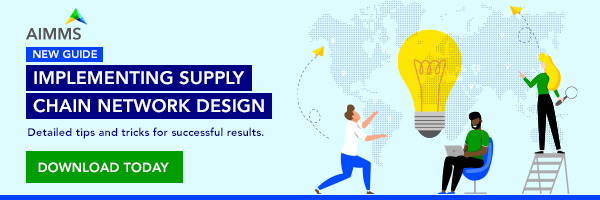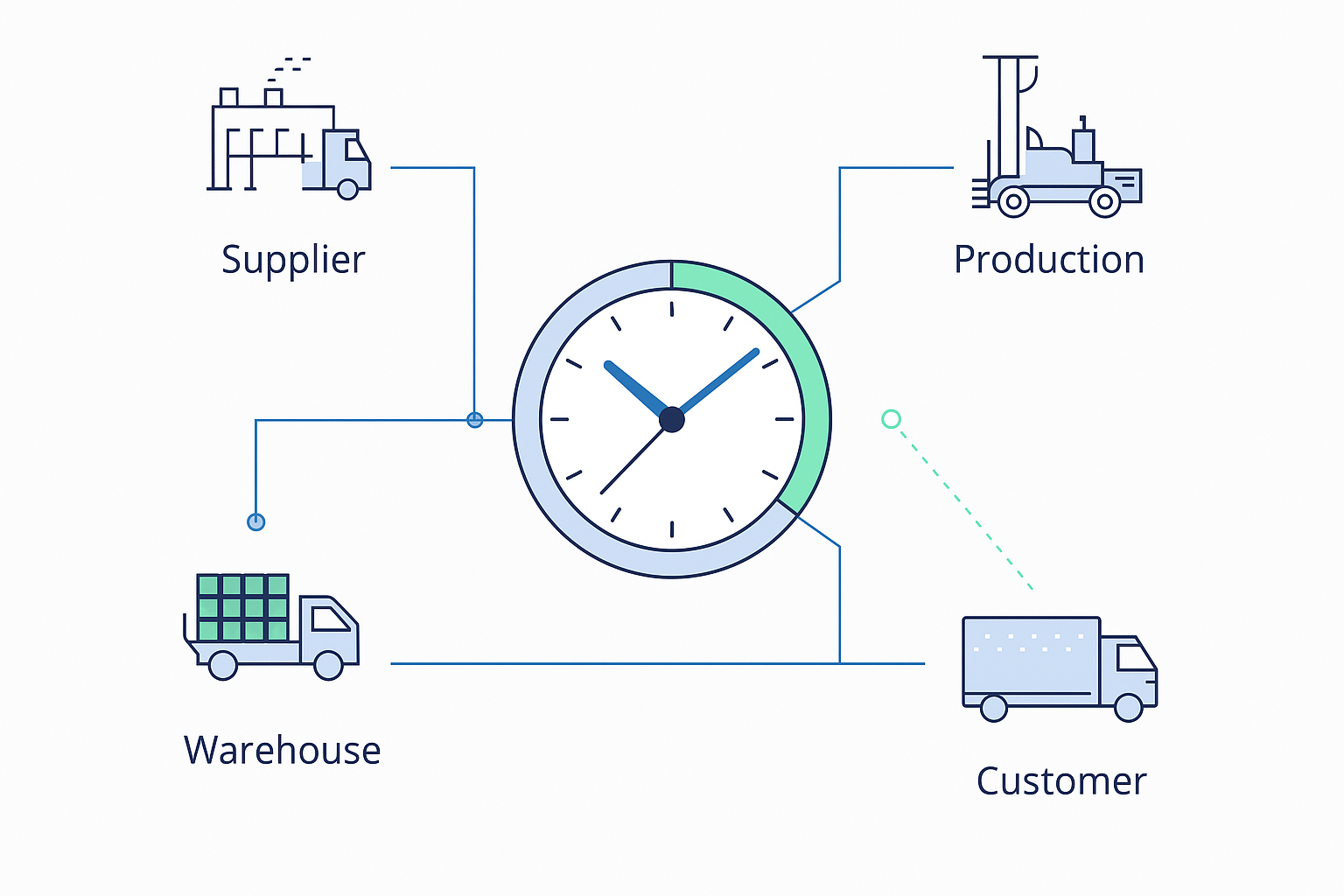If you’re an analyst who’s been tasked with a supply chain network design project, it can be overwhelming to find out where to start. While supply chain network design does have a ‘usual’ workflow, every project has its own nuances and can be slightly different. In network design, you are usually experimenting with a future that doesn’t exist yet. This makes the steps you need to follow a bit fuzzy. This blog outlines 3 supply chain network design best practices that will help your project succeed.
1. Capture the business question(s)
If you don’t know where to start, our best advice would be to avoid this approach: “Let’s get some data, push it into the app and see what happens.” This can lead to much frustration and inefficiency in all stages of the process because you have no sense of direction and purpose for what you are doing. Instead, we recommend that you start with the end in mind.
Work with the business owners to identify the questions you are trying to answer with network design. Write them down. Picture yourself giving a boardroom presentation with the outcomes of the study and think about the slides you will need to present it.
2. Design a list of supply chain design scenarios that you will need to run to answer the business question(s)
This list is preliminary. It will inevitably need to be adjusted as you work through the process and learn new things. After you present your first scenarios, new questions and associated scenarios will arise. If you’re using a tool like AIMMS Network Design, that’s ok, because you can run as many scenarios as you like. Examples of scenarios include:
- Your base case: you need a validated base case to ensure confidence that your model represents reality. This will also be a reference point from which you can measure optimization benefits.
- Evaluating the impact of DC closures: this is a high-impact decision. This scenario helps you identify the locations that could be considered for closing in order to save costs. Alternatively, you can simulate a DC shutdown to assess the impact of potential risks, like a lockdown or emergency situation.
- Explore CoG (Centre of Gravity) candidate locations: a Center of Gravity analysis helps you compare the current network to a hypothetical “blue sky” network. AIMMS Network Design comes with Center of Gravity capabilities that help you identify some candidate locations. You can run these together with the existing network in the app. The optimization will reveal the best mix of existing locations and new “greenfield” locations.
There are many other scenarios you can run. Watch the video below to see how you can run and compare scenarios using AIMMS Network Design.
3. Figure out what data you will need to run the scenarios
Once you’ve identified the scenarios, you can define the data you will need. You should also think about how to aggregate the data into something that makes sense for a network design exercise. When it comes to your data, it’s important to:
- Keep it as simple as possible, without compromising the quality of the answers you produce.
- Clean and aggregate the data.
- Validate it with the business before capturing it in the model.
These three best practices are the foundation for successful network design. With them, you will be better equipped to import the data into your model, run the scenarios and work through the rest of the network design process. Spending some time up front to design and plan the exercise is well worth the investment. It’s also a good strategy to start small and grow fast from there. You don’t need to solve every problem you have with your first model. Try to define a manageable scope of work at the start, so that you can deliver value as soon as possible. You can always expand your scope after that.
Ready to show your colleagues who’s the network design boss? Download our Implementation Guide for more tips and tricks.






